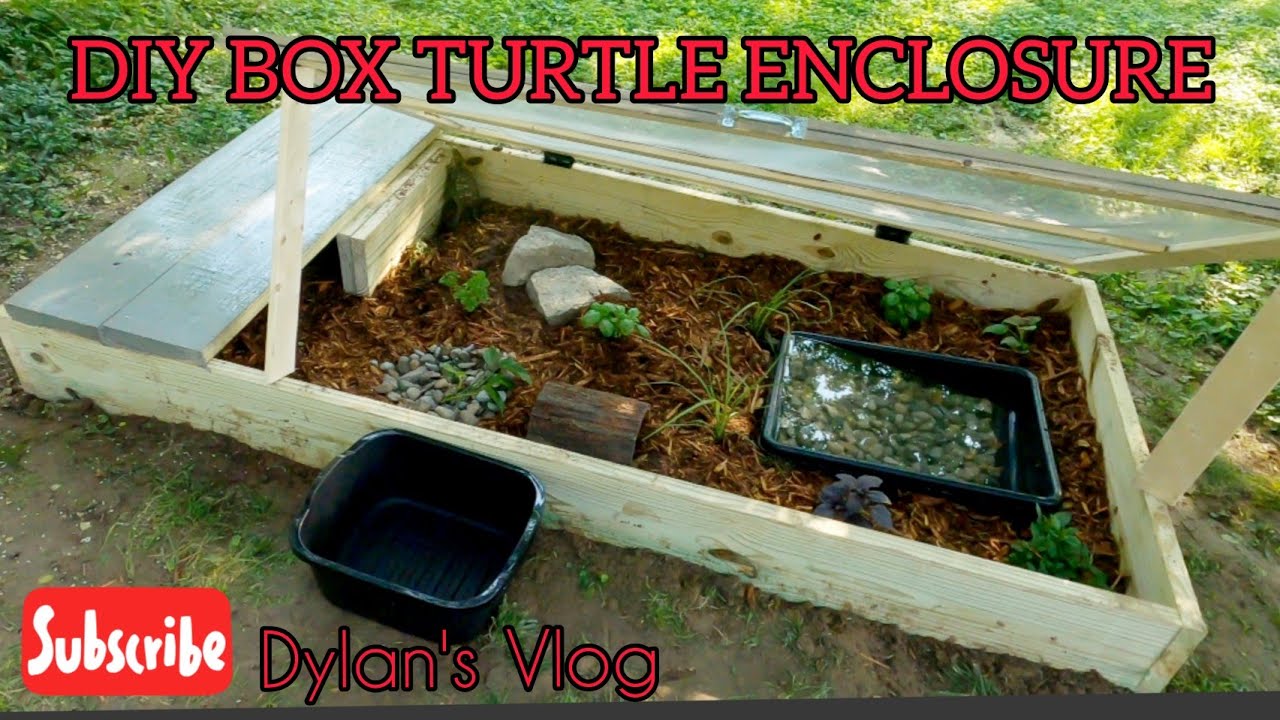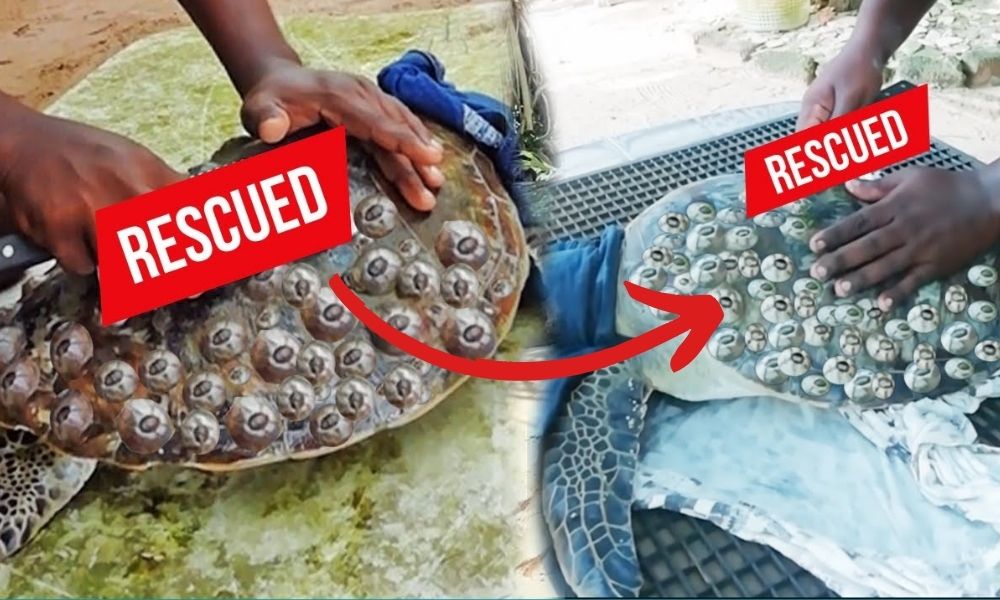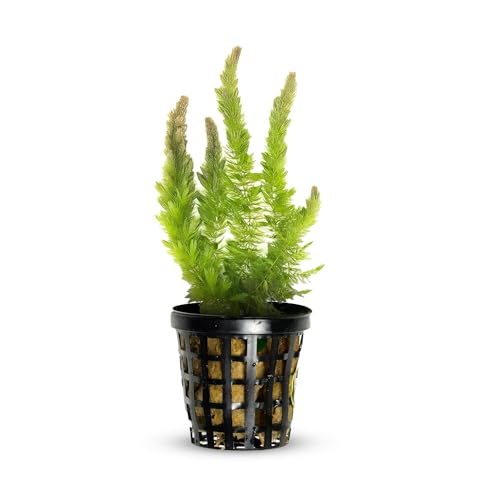To build a turtle habitat outside, choose a suitable location, create a predator-proof enclosure, and provide shelter, water, and appropriate vegetation. Proper planning and setup are essential for the health and safety of your turtles.
When designing the habitat, consider the specific needs of the turtle species you are housing and ensure the enclosure meets those requirements. By following these steps, you can create a thriving outdoor habitat for your turtles to enjoy. Investing time and effort into building a suitable habitat will benefit the well-being of your turtles and enhance your outdoor space.

Credit: www.wikihow.com
Choosing The Right Location
Choosing the right location for your turtle habitat is crucial for the health and well-being of your pet. The environment should mimic their natural habitat as closely as possible. Consider factors such as sunlight exposure and protection from predators to create a safe and comfortable space for your turtles to thrive.
Sunlight Exposure
Turtles require ample sunlight exposure to regulate their body temperature and absorb essential nutrients. Choose a location that receives direct sunlight for a significant portion of the day. Avoid areas that are constantly shaded or obstructed by tall structures. Ensure that the habitat is positioned to receive the morning sun and partial shade during the hottest part of the day to prevent overheating.
Protection From Predators
Protecting your turtle habitat from predators is essential for the safety of your pets. Select a location that is away from areas frequented by predators such as raccoons, birds of prey, or domestic pets. Consider installing a secure fence or barrier around the habitat to prevent unauthorized access. Additionally, you can use natural deterrents such as dense vegetation or rocks to create a barrier against potential threats.
Designing The Habitat
Designing a turtle habitat is crucial to ensure that your pet turtle lives in a comfortable and safe environment. The design of the habitat should replicate the natural environment of turtles, including providing basking areas, hiding spots, and a water area. In this post, we will focus on designing the habitat and explore how to create a water area and add hiding spots.
Creating A Water Area
Water is an essential element for turtles to survive. Therefore, it is important to create a water area that is suitable for your turtle’s needs. The water area should be large enough for your turtle to swim around comfortably and deep enough to submerge its entire body.
You can create a water area in your turtle habitat by using a plastic pond liner or a preformed pond. Make sure the water is clean and free from chemicals, and the temperature is maintained at an appropriate level. You can use a water heater to regulate the temperature and a water filter to keep the water clean.
Adding Hiding Spots
Turtles need hiding spots to feel safe and secure. Adding hiding spots in your turtle habitat will give your pet turtle a place to retreat when it feels threatened or stressed.
You can add hiding spots by using rocks, logs, or artificial caves. Make sure the hiding spots are large enough for your turtle to fit comfortably and placed in areas where your turtle can easily access them.
Another way to create hiding spots is by using plants. Aquatic plants such as water lilies and water hyacinths provide an excellent hiding spot for turtles. They also help to keep the water clean by absorbing excess nutrients.
When designing your turtle habitat, keep in mind that turtles need both water and land areas. The water area should be large enough for your turtle to swim around, and the land area should be large enough for your turtle to bask and move around comfortably.
Selecting Suitable Plants
When it comes to creating a turtle habitat outside, selecting suitable plants is crucial for providing a natural and enriching environment for your shelled friends. By choosing the right vegetation, you can create a habitat that mimics their natural habitat, providing them with food, shelter, and a sense of security.
Native Vegetation
Native vegetation refers to plants that naturally grow in the area where you live. These plants are well-adapted to the local climate, soil, and wildlife, making them an ideal choice for a turtle habitat. When selecting native vegetation, consider plants that are commonly found in nearby forests, meadows, or wetlands. These plants will not only thrive in your turtle habitat but also provide a familiar and natural landscape for your turtles.
Edible Plants
Edible plants are an essential component of a turtle habitat, as they provide a source of nutrition for your turtles. When selecting edible plants, consider those that are safe and nutritious for turtles to consume. Leafy greens such as kale, dandelion greens, and collard greens are excellent choices, as they are rich in vitamins and minerals. Additionally, aquatic plants like water lettuce and water hyacinth can be grown in the turtle habitat, providing a source of food and enrichment for aquatic turtles.

Credit: m.youtube.com
Providing Adequate Shelter
When building a turtle habitat outside, providing adequate shelter is essential for the well-being of these gentle creatures. Turtles need shelter to protect themselves from extreme weather conditions, predators, and to feel secure. Here are some ways to ensure your turtle habitat offers the right shelter:
Natural Shelters
Natural shelters can be provided by incorporating elements from the environment, such as plants, rocks, and logs. These natural features offer hiding spots and protection for turtles, allowing them to feel safe and secure in their habitat.
Artificial Shelters
Artificial shelters can be created using man-made structures such as turtle houses, burrows, or shelters made from non-toxic materials. These artificial shelters mimic natural hiding spots and provide additional protection for turtles in the habitat.
Ensuring Safety Measures
When building a turtle habitat outside, ensuring safety measures is paramount to creating a secure environment for your shelled companions. From fencing to avoiding toxic materials, taking these precautions will help safeguard the well-being of your turtles and prevent any potential hazards.
Fencing
Installing a sturdy fence around the perimeter of the turtle habitat is essential to prevent escapes and protect them from predators. The fence should be buried at least 12 inches underground to deter burrowing and extend at least 3 feet above ground to prevent climbing.
Avoiding Toxic Materials
When constructing the habitat, steer clear of using any toxic materials such as pressure-treated wood, which can leach harmful chemicals. Opt for natural, untreated wood and non-toxic sealants to ensure the safety of your turtles.

Credit: www.wikihow.com
Maintaining The Habitat
To build a turtle habitat outside, start by selecting a suitable location with access to sunlight and shade. Create a habitat with a pond, rocks, plants, and hiding spots to mimic a natural environment for your turtle. Regularly maintain the habitat by cleaning the pond, trimming plants, and ensuring the overall cleanliness and safety for your turtle’s well-being.
Maintaining the habitat of your outdoor turtle enclosure is crucial for the health and well-being of your turtles. Regular cleaning and monitoring their health are essential tasks to ensure a safe and comfortable environment for your shelled friends.Regular Cleaning
Regular cleaning of the turtle habitat is essential to prevent the buildup of waste and bacteria. Thoroughly clean the enclosure at least once a week, removing any uneaten food, feces, and debris. Scrub the surfaces with a mild soap solution and rinse thoroughly to ensure a clean and sanitized environment for your turtles.Monitoring Health Of Turtles
Observing the behavior and physical condition of your turtles is crucial for detecting any signs of illness or distress. Regularly inspect the turtles for any abnormalities such as changes in appetite, lethargy, or abnormal growths. Consult with a veterinarian if you notice any concerning symptoms to ensure the health and well-being of your turtles. By adhering to a regular cleaning schedule and monitoring the health of your turtles, you can maintain a safe and healthy habitat for your outdoor turtle enclosure.Creating A Feeding Station
To create a feeding station in a turtle habitat outside, build a shallow dish for food and a separate area for drinking water. Ensure the station is easily accessible and secure to prevent predators from disturbing the turtles during feeding time.
Provide a variety of foods to meet their dietary needs.
Creating a Feeding Station: Now that you have built a turtle habitat outside, it’s time to focus on creating a feeding station for your shelled friends. Turtles require a varied and balanced diet to maintain their health, and providing them with a feeding station can help ensure they receive the proper nutrition they need. In this section, we will discuss how to offer variety in diet and prevent food contamination. Offering Variety in Diet: Turtles are omnivores, meaning they eat both plants and animals. In the wild, they feed on a variety of foods such as insects, fish, fruits, and vegetables. To replicate their natural diet, it’s important to offer a variety of foods to your pet turtles. Some options include: – Commercial turtle food pellets: These are a good source of nutrients and can be found at most pet stores. – Leafy greens: Turtles enjoy lettuce, kale, and spinach. – Vegetables: Carrots, squash, and sweet potatoes are some examples of vegetables that turtles enjoy. – Protein: Offer your turtles cooked chicken, fish, and insects like crickets. Preventing Food Contamination: Contamination of food can cause health problems for your turtles. To prevent contamination, make sure to follow these tips: – Wash your hands before handling food. – Use separate cutting boards and utensils for your turtles’ food. – Discard any uneaten food within an hour. – Clean the feeding station regularly to prevent the growth of harmful bacteria. By following these simple steps, you can create a safe and healthy feeding station for your pet turtles. Remember to always provide fresh water and monitor their diet to ensure they are receiving the proper nutrition.Monitoring And Enjoying The Habitat
Once you have successfully set up a turtle habitat outside, the next step is to monitor and enjoy the habitat. This involves observing the behavior of the turtles, educating others about the habitat, and creating a space where you can appreciate the natural beauty of these fascinating creatures.
Observing Behavior
Observing the behavior of the turtles in their outdoor habitat can be a rewarding experience. You can set up a designated area with a comfortable vantage point where you can quietly observe the turtles without disturbing them. Take note of their daily routines, interactions with each other, and any unique behaviors they exhibit. This can provide valuable insights into their natural instincts and preferences, allowing you to better cater to their needs.
Educating Others
Sharing your knowledge and experience of building a turtle habitat outside can help educate others about the importance of creating suitable environments for these animals. You can organize educational sessions or create informational materials to raise awareness about the proper care and conservation of turtles. By spreading the word, you can inspire others to take positive actions to support turtle habitats in their own communities.
Conclusion
Creating a turtle habitat outside is a rewarding project. Remember to prioritize safety and comfort for your shelled friends. By providing proper shelter, food, and water sources, you can create a thriving environment. With patience and dedication, you can enjoy observing and caring for your outdoor turtle habitat.





Leave a Reply